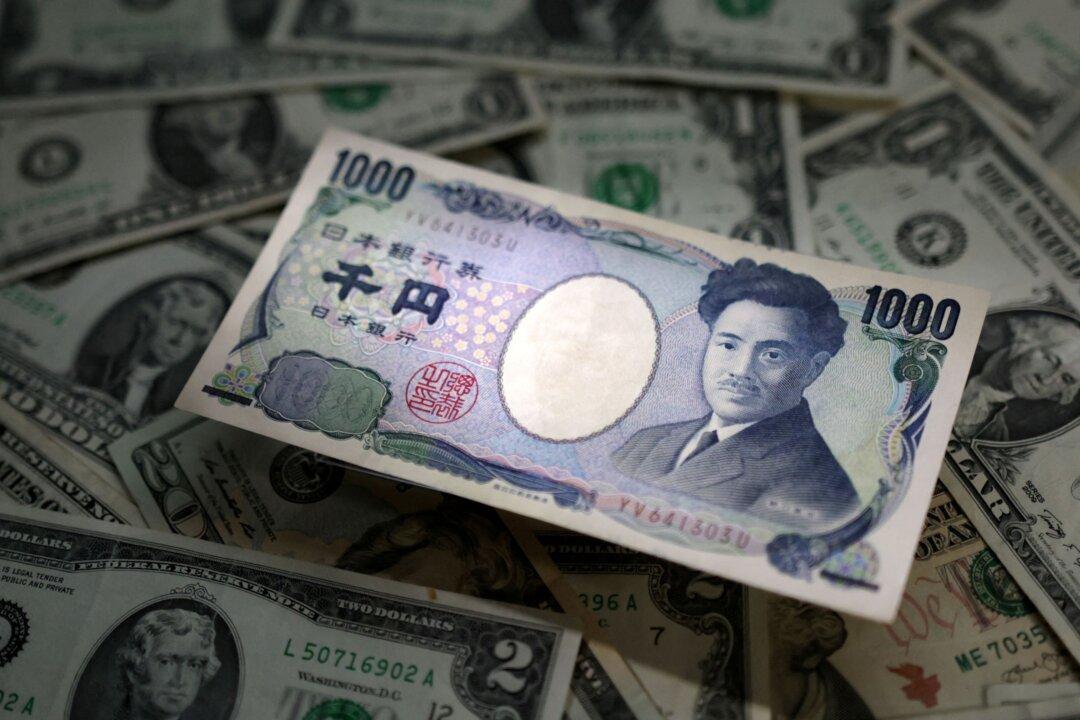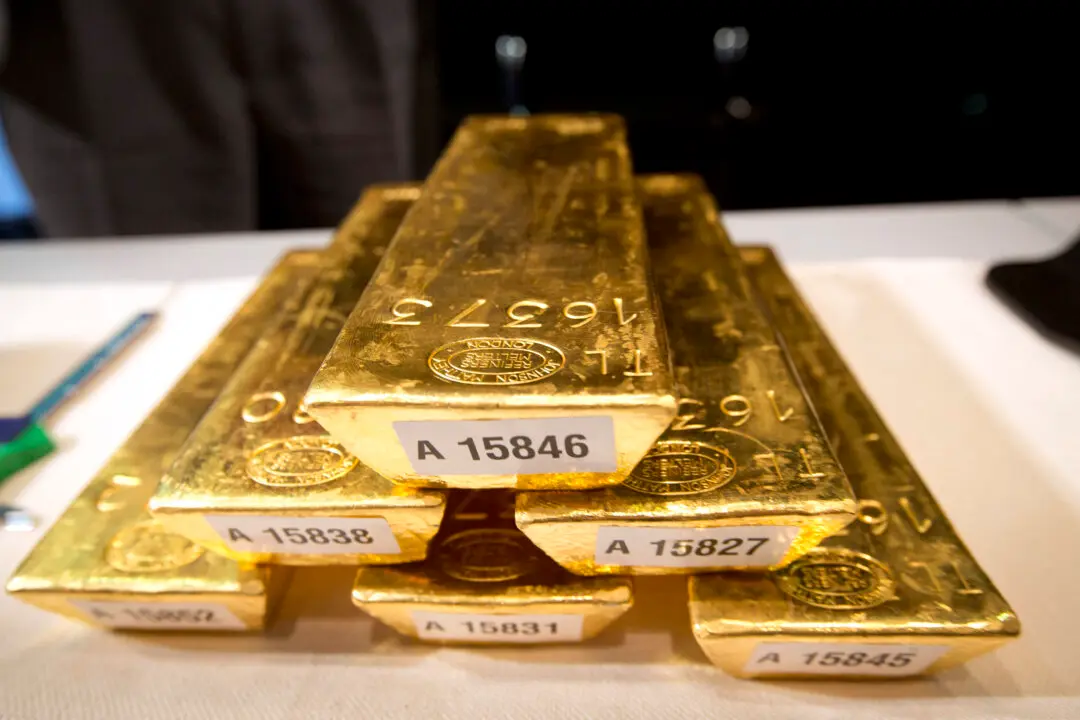On Oct. 31, the Japanese yen exchange rate fell to 151.74 against the U.S. Dollar due to the Bank of Japan’s failure to adjust its monetary policy as expected. This led to the accelerated selling of the yen and the buying of U.S. dollars. Many believe that global instability is a big contributor to the rise of the dollar, and the yen may continue to depreciate. For Japan, this would mean an increase in the cost of imports, and it can lead to an economic downturn. However, many Japanese entrepreneurs view the depreciation of the yen as conducive to the growth of the Japanese economy.
On Oct. 31, the Bank of Japan (BoJ) allowed greater flexibility in its monetary policy and is looking to move towards a tighter monetary policy. However, investors in the New York market generally believe that Japan’s loose monetary policy will continue.




